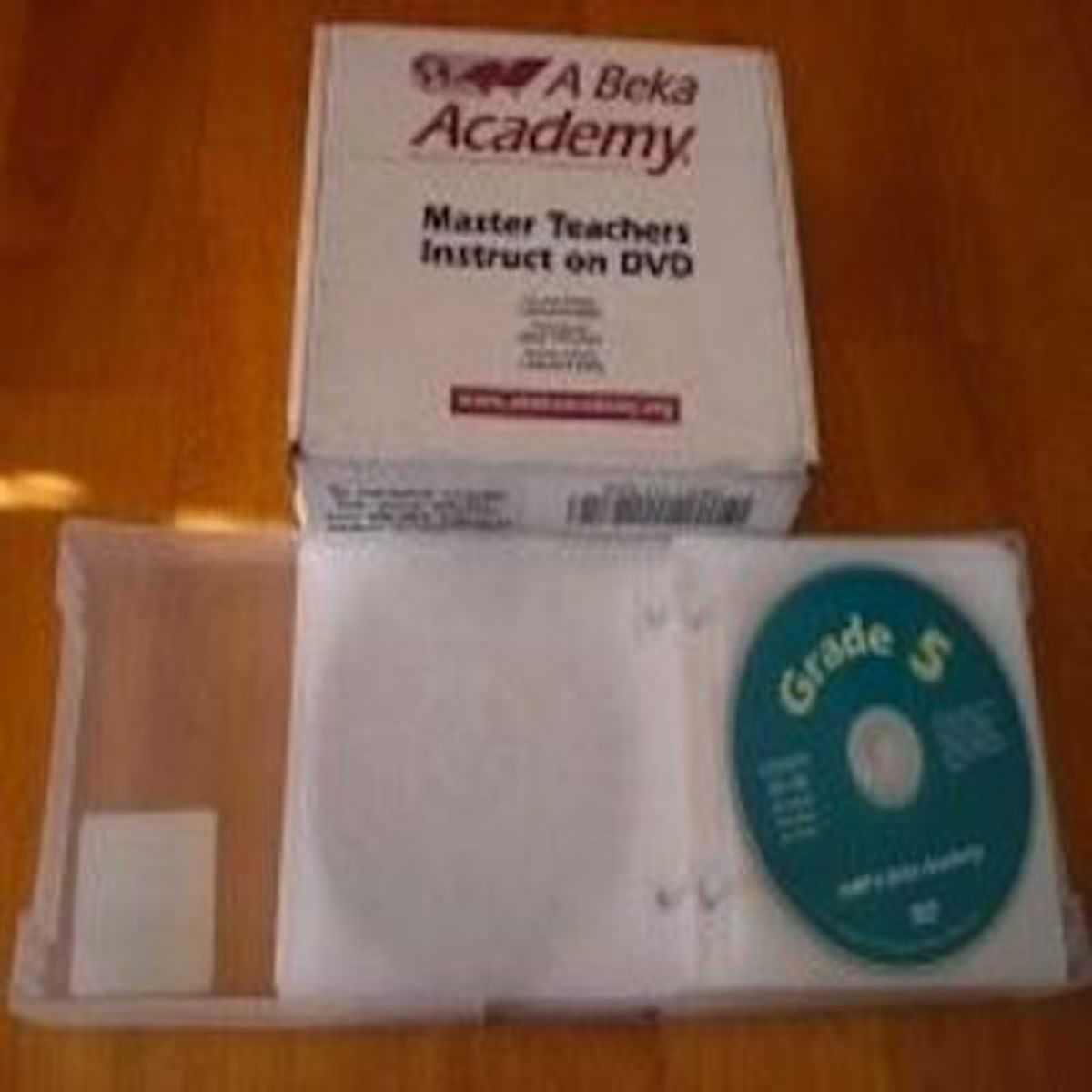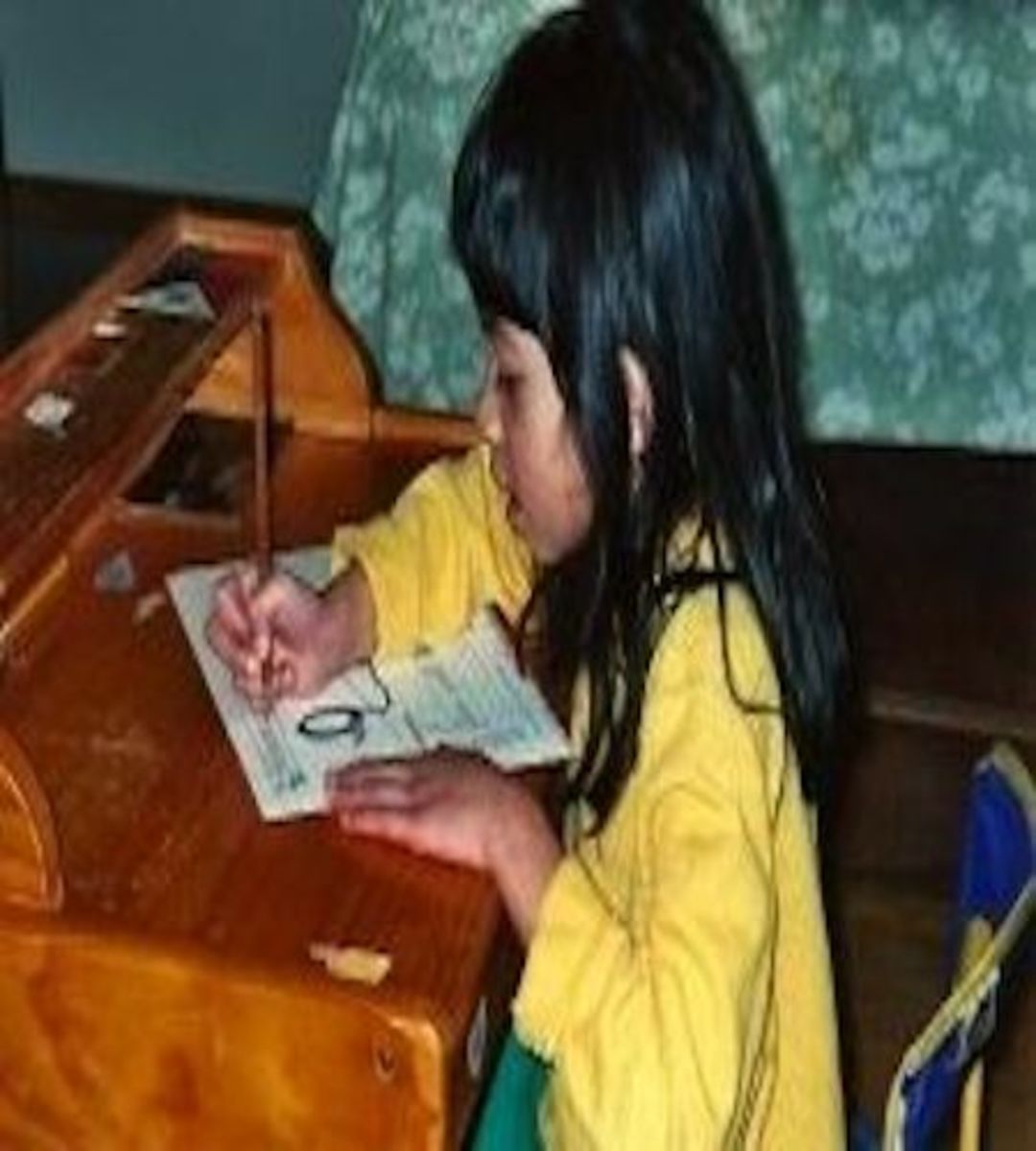Implied Curriculum of a PE course vs. a Sports Program: What's the Difference?

A Christian Perspective
Although effective schools have a planned curriculum that outlines what teachers teach to students on a regular basis, the implied curriculum may impact students more than what they read. Teachers may not always plan the implied or implicit curriculum, the part of the school day when teachers emphasize values and character, suggests Van Brummelen (2002, p. 70). Parkay, Hass and Anctil (2010) simplify implied curriculum with the statement, “whether teachers intend to or not, they teach values” (p. 43). For example, Christian schools often integrate Christian principles and character traits into the classroom, and public schools promote relativism and progressive ideas. Similarly, Van Brummelen suggests that teachers often make curricular decisions on what to include and exclude in a course, and how the teacher should present material. As Parkay et al suggest, teachers must understand how the implied curriculum influences student (p. 129).
Although both physical education classes and athletic programs involve athletics, there is a big difference in the way that the two approach sports. The explicit and implicit curriculum is quite different between physical education and athletic programs as well.
What is the implied curriculum of the physical education?
The express curriculum of a physical education course is to teach students about the rules of the sports and health to learn the mechanics of how one plays a game. Often students will learn how to play the game or perform the technique before they get actual time to practice the skill.
When a teacher introduces a new sport — such as tennis — he will go over the rules of the game, how to score or lose a point and the boundaries of the court. After students understand how to play the game and the normal equipment involved, they will have time on the court to develop basic skills. For example, students will learn how to serve the ball, hit the ball underhanded and hit the ball overhanded. Once students have acquired the basic skills needed to play the game, teachers often put students onto teams to compete against each other.
Hashim, Grove, and Whipp (2008) recognize that “physical education plays an important roles in promoting physical activity” (p. 183). With that in mind, this writer understands that the more one educates students about sports and physical education the more likely they are enjoy sports and engage in physical activity.
The implied curriculum in a physical education is to teach students how to play a game and do things right. Students should be taught to try their hardest and never give up.
What is the implied curriculum of the athletic program?
The express curriculum of an athletic program involves sports competitions between students from other schools. Most secondary athletic programs spend more time on practicing and honing skills than on teaching students the rules of the game, because most students already have a basic concept of how to play from previous physical education courses and involvement in sports teams. While sportsmanship is of course an important part of the athletic program, the stress — or implied curriculum — is also on being the best that the student can be and on winning.
Identify a negative implication the physical education program. How might you overcome this concern?
Since the goal of the physical education program is to teach students physical skills of sports, the unintended consequence might be that students who are not as coordinated might get poor grades, which could ruin their overall grade point average. A way to overcome this concern is for teachers to grade students on a variety of levels, such as participation, as well as performance on written tests and enthusiasm for the activity. Placing too much emphasis on skill and accuracy may negatively affect students that just do not have the natural athletic ability.
Similarly, Cook (2005) suggests that modern classrooms place too much emphasis on “individual achievement rather than team sports” (p. 4). Teaching students how to work with others in the sports realm can help them learn to work with others in other subjects and situations as well. As this writer’s father often states, man is not an island unto himself. Teachers should be careful to not grade students on the win/loss record on a team sport, because individuals may perform well, but be not on a good team, or vice versa.
References
Cook, G. (2005). Killing PE is killing our kids the slow way. The Education Digest, 71(2), 25-32. doi:1158563071
George, J. (2009). Classical curriculum design. Arts and Humanities in Higher Education, 8, pp. 160-179. doi:10.1177/1474022209102682
Hashim, H., Grove, J., & Whipp, P. (2008). Validating the Youth Sport Enjoyment Construct in High School Physical Education. Research Quarterly for Exercise and Sport, 79(2), 183-94. doi: 1510078641
Parkay, F.W., Hass, G., & Anctil, E.J. (2010). Curriculum leadership: Readings for developing quality educational programs. Boston, MA: Allyn & Bacon.
Van Brummelen, H. (2002). Steppingstones to curriculum. Colorado Springs, CO: Purposeful Design Publications.
Identify a negative implication the athletic program. How might you overcome this concern?
A negative implication of a competitive athletic program is that it may emphasize winning more than healthy participation and good sportsmanship. Athletic program teachers should not be so concerned with winning that they teach students the wrong way to play a sport.
While winning is a good goal, teachers should emphasize a good attitude in their students, no matter if the team wins or loses.
Conclusion
George (2009) suggests that teachers ought to be “clear, explicit and precise about what development [they] plan for [their] students to achieve; and similarly students should be as aware as they can be of what learning and development they are working to acquire. Lack of clarity creates hidden agendas, as does any misalignment between what a tutor declares as their purpose” (p. 163). Teachers ought to integrate values in both physical education and athletic programs to make their intentions clear. Teachers should hold students responsible to do their very best without cheating or skirting the rules, considering the sentiments of 1 Corinthians 10:31, doing everything to God’s glory.








